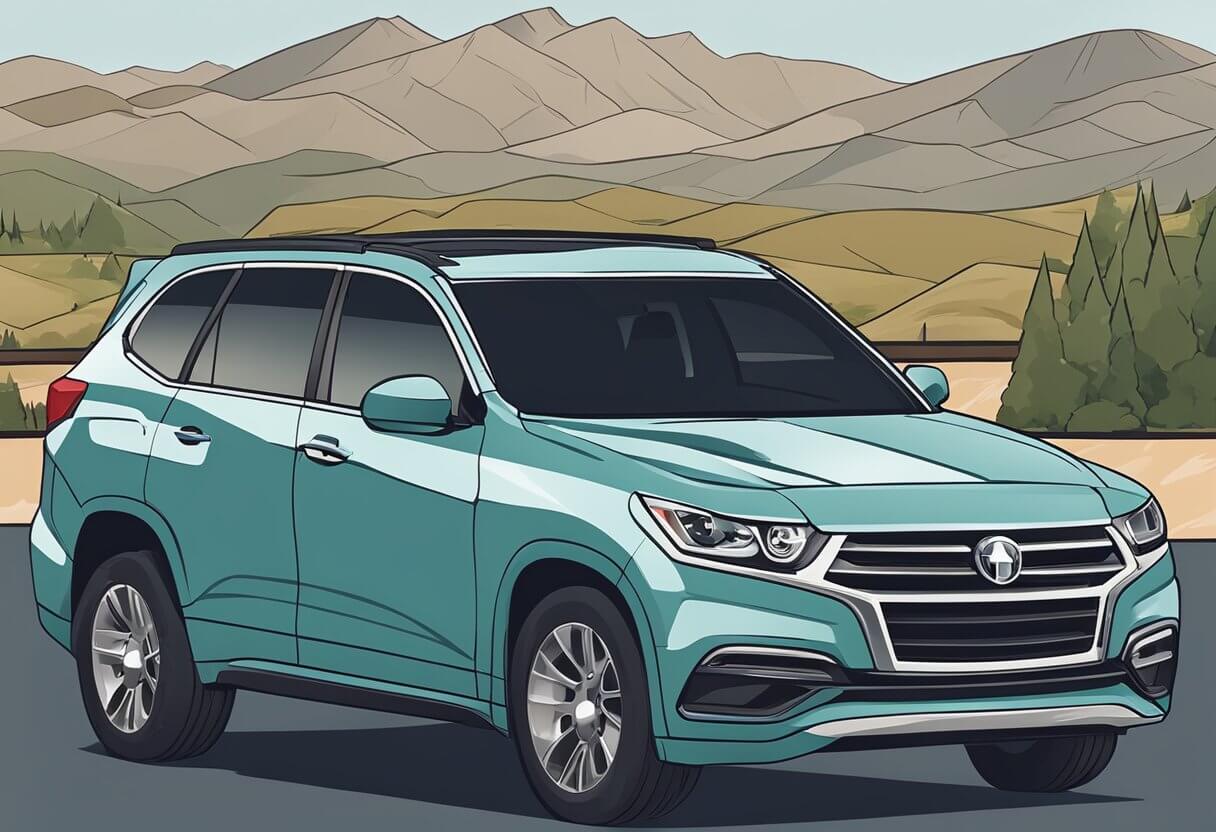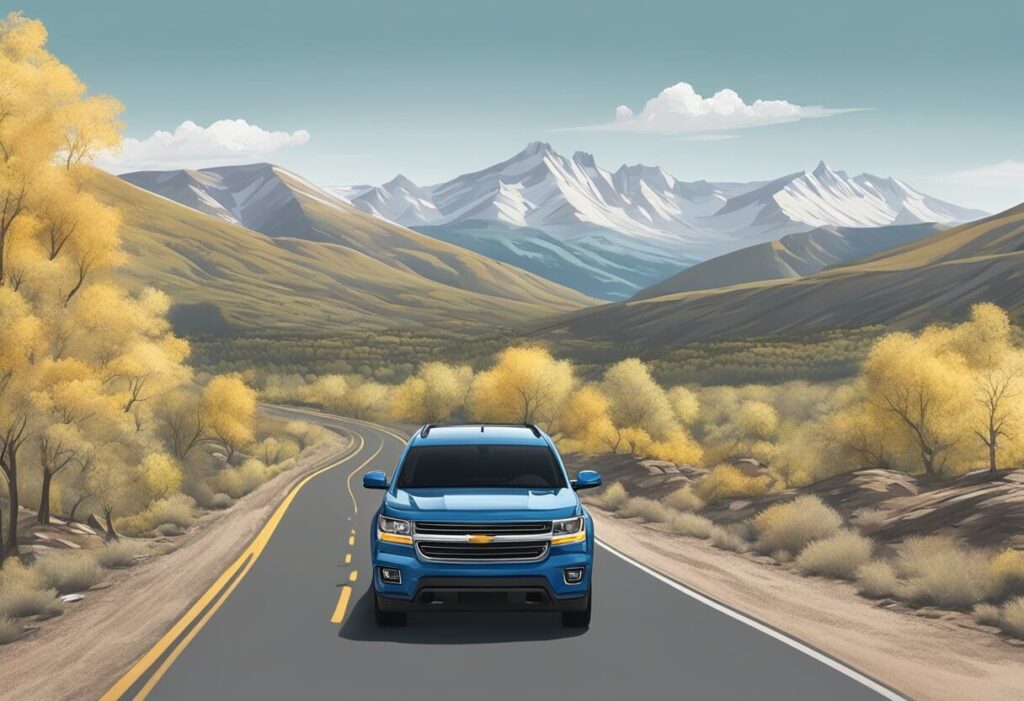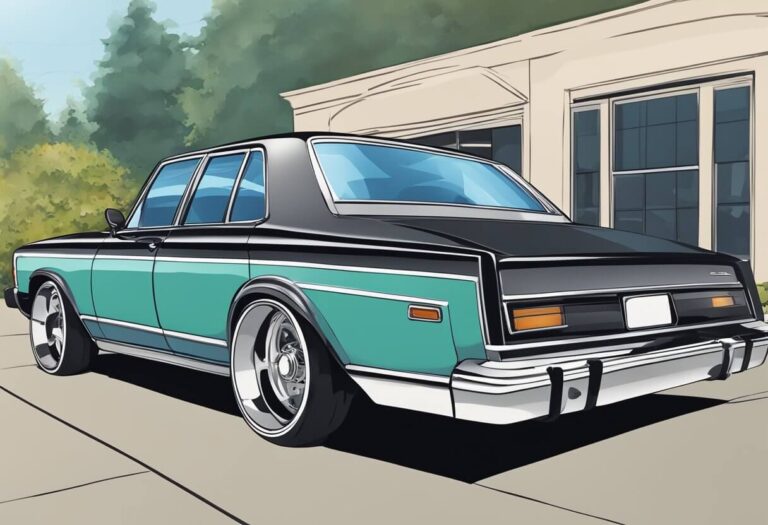Is 5 Percent Window Tint Legal in Colorado? A Clear Answer

Are you considering tinting your car windows to beat the Colorado heat and glare? Wondering if you can legally go for that deep, sleek 5% tint? The legality of dark window tints is a common question, and this guide has all the answers you need.
We’ll cover everything from Colorado’s window tint laws and regulations to the exceptions that allow 5% visibility tint. By the end, you’ll know exactly what’s permitted, what isn’t, and how to ensure your vehicle stays street legal.
So let’s dive in and explore is 5 percent tint legal in Colorado?
What is Window Tint Percentage and Why Does it Matter?
When it comes to window tinting, the most important factor is the visible light transmission (VLT) percentage. This measures how much light can pass through the combination of your vehicle’s window glass and any tinting film applied.
A higher VLT percentage means more light gets in, while a lower percentage results in darker tinting and dimmer vehicle interiors. For example, a 70% VLT tint allows 70% of light to penetrate, while a 5% VLT tint only lets in 5% of light.
States regulate tint darkness to balance benefits like reduced glare and heat with the need for proper visibility and safety. That’s why Colorado has specific window tinting laws based on VLT percentages.
Colorado Window Tinting Laws – The Basics
Colorado tint laws aim to keep drivers’ sightlines clear while still allowing for some privacy and heat protection. Here are the key regulations:
Windshield: Non-reflective tint is permitted on the top 4 inches only, with at least 70% VLT.
Front Side Windows: Must allow more than 27% of light in (VLT over 27%).
Back Side Windows: Must allow more than 27% of light in (VLT over 27%).
Rear Window: Must allow more than 27% of light in (VLT over 27%).
There is one major exception: If the front side windows have a VLT of 70% or higher (basically no tint), then any level of tinting can be used on the rear and back side windows.
The rules are the same for sedans, SUVs, and vans registered in Colorado.
Is 5% Tint Legal on Any Windows in Colorado?

Now to directly answer our main question: Is 5 percent window tint legal in Colorado?
The short answer is yes, but only under certain conditions. A 5% VLT tint, often called a “limo tint” for its dark, opaque appearance, can be used on the rear windows as long as the front side windows have no tinting at all (70% VLT).
However, it is illegal to have 5% tint on:
- The front side windows
- Any windows if the rear windows also have less than 27% VLT
So in summary, 5% tint is legal only on the rear windows of vehicles where the front windows are completely untinted.
What is Considered “5% Tint”?
When we talk about 5% window tint, we’re referring to an extremely dark tinting film that allows only 5% of visible light to pass through. This results in a very opaque, blacked-out look that provides maximum heat and UV protection.
However, it’s important to note that not all manufacturers measure tint the same way. A reputable tint installer can test your VLT levels to ensure you’re complying with the law.
Additional Colorado Window Tint Regulations
Beyond the VLT percentages, Colorado has a few other important window tint rules:
- Tint Colors: Red or amber tint colors are prohibited on any window.
- Reflective/Metallic Tints: Any mirrored or metallic finish tints that can reflect light are illegal.
- Dual Mirrors Required: If your rear window has aftermarket tinting, you must have dual side mirrors installed.
- No Medical Exemptions: Unlike some states, Colorado does not provide medical exemptions for darker tints.
Failing to follow these regulations can result in penalties.
Potential Penalties for Illegal Window Tint
In Colorado, driving with illegally tinted windows is considered a Class B traffic infraction. However, in some cases it may rise to the level of a misdemeanor, which carries potential fines between $500 and $5,000.
Beyond the financial penalties, having excessively dark or illegal tinting can impact your liability if you’re involved in an accident due to reduced visibility.
Benefits and Drawbacks of Dark Window Tint

Before deciding on your ideal window tint darkness, it’s wise to weigh the potential pros and cons:
Advantages of Dark Tint:
- Reduced heat and glare in the cabin
- Enhanced privacy
- Protection for your vehicle’s interior from UV damage
- Sleek, stylish look
Disadvantages of Dark Tint:
- Impaired nighttime visibility
- Visibility challenges in low-light conditions
- Reduced ability to see pedestrians, road signs, etc.
- Potential safety hazards and legal penalties if too dark
Many drivers opt for a middle-ground tint level around 35% VLT to balance these benefits and drawbacks.
How to Ensure Your Tint is Legal?
The easiest way to verify you’re following Colorado window tint laws is by having your tinting installed by a reputable professional shop. Knowledgeable tinters will ensure they apply a legal level of tint for your specific vehicle.
If purchasing tint to apply yourself or if your vehicle is pre-tinted, check for a manufacturer’s sticker stating the VLT percentage. You can also invest in an inexpensive VLT light meter to test your windows’ tint levels.
When in doubt, a visual vehicle inspection by law enforcement or at a tint shop can confirm if your tint is street legal.
Out-of-State Vehicles and Colorado Tint Laws
For vehicles registered outside of Colorado, the state’s window tint rules get a bit more lenient. Out-of-state vehicles are permitted to have tinting as dark as 20% VLT on all windows except the windshield.
However, it’s still wise to ere on the slightly lighter side so you don’t risk any visibility issues, especially at night. And of course, any vehicle driven in Colorado long-term should follow the state’s tint laws.
The Importance of Complying with the Law
While dark tints can look extremely cool and provide great cabin comfort, there are serious safety implications to having an illegal, excessively dark tint.
If you’re involved in an accident where your tint could have impaired your visibility and ability to avoid the collision, you may be held liable or judged as contributorily negligent under Colorado’s comparative negligence laws.
This can significantly reduce your ability to recover damages from the other parties involved. And in severe cases, it could even lead to criminal charges if illegal tint directly caused injury or death.
So for your safety, your passengers, and others on the road, it’s absolutely essential to follow Colorado’s window tint laws to the letter. A little extra visibility is always worth it.
In conclusion, 5% tint is only legal in Colorado when installed on a vehicle’s rear windows if the front side windows have 70% or higher VLT. On all other windows, tints darker than 27% VLT are prohibited. Following these regulations keeps you legal and prevents dangerous visibility hazards.
Whether you’re doing it yourself or using a professional tint shop, take the time to understand Colorado’s window tint laws. A bit of due diligence saves you from penalties and ensures you and your passengers stay safe on the roads.






